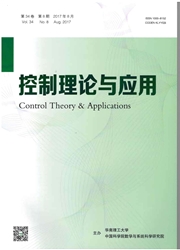

 中文摘要:
中文摘要:
根据Davenport脉动风速谱,采用AR模型(auto—regressive)法,考虑竖向相关性、平稳的多变量随机过程以及它的互谱密度矩阵,模拟生成具有随机性的脉动风速时程曲线和风速谱的功率谱密度.AR法模拟风速的功率谱密度函数与Davenport目标谱的比较表明AR法具有很高的精度和效率.采用了建筑结构振动控制第2代标准规定的76层306m高钢筋混凝土结构的风振控制模型,研究了风荷载作用下高层建筑动力响应的控制方法,给出了模拟脉动风荷载作用下,被动调谐质量阻尼器(TMD,tuned mass damper)控制和主动线性二次型Gauss(LQG,linear quadratic Gaussian)控制的控制结果.
 英文摘要:
英文摘要:
By employing the auto-regressive(AR) method, we use the Davenport wind speed power spectrums to simulate the stochastic fluctuating wind field and the cross-spectral density function for a spatial-correlated, stationary multivariate stochastic process. The superiorities in accuracy and efficiency of this technique are shown by comparing the simulation results with those obtained with the Davenport target spectrums. The model of a 76-story 306 m-high reinforced concrete structure recommended by the second generation benchmark vibration control for building is studied. Numerical results of the structural dynamic-response to the tuned-mass-damper(TMD) control and the linear quadratic Gaussian(LQG) control are obtained respectively.
 同期刊论文项目
同期刊论文项目
 同项目期刊论文
同项目期刊论文
 期刊信息
期刊信息
